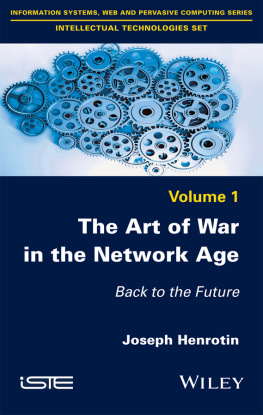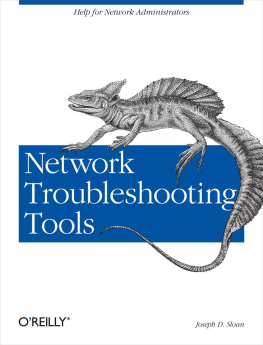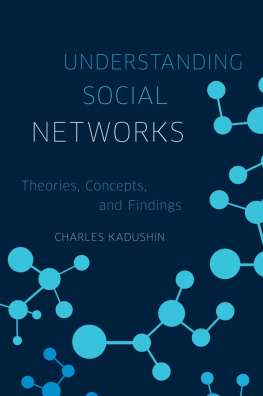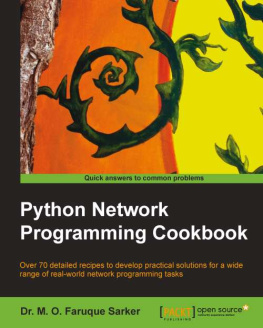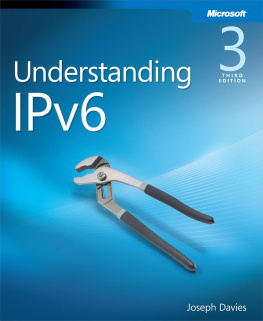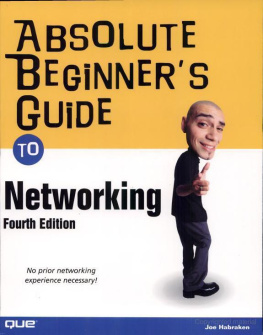Table of Contents
List of Tables
- 1 Approaching Military Revolutions
- 2 The Epistemology of RMA
- 3 A Paradigm Shift
- 4 Understanding (1): Piercing the Fog of War in Fluid Spaces
- 5 Understanding (2): Fluidifying the Solid?
- 6 Waging War in Network-centric Conditions
List of Illustrations
- 3 A Paradigm Shift
- 6 Waging War in Network-centric Conditions
Landmarks
Pages

Intellectual Technologies Set
coordinated by
Jean-Max Noyer and Maryse Carmes
Volume 1
The Art of War in the Network Age
Back to the Future
Joseph Henrotin
First published 2016 in Great Britain and the United States by ISTE Ltd and John Wiley & Sons, Inc.
Apart from any fair dealing for the purposes of research or private study, or criticism or review, as permitted under the Copyright, Designs and Patents Act 1988, this publication may only be reproduced, stored or transmitted, in any form or by any means, with the prior permission in writing of the publishers, or in the case of reprographic reproduction in accordance with the terms and licenses issued by the CLA. Enquiries concerning reproduction outside these terms should be sent to the publishers at the undermentioned address:
ISTE Ltd
27-37 St Georges Road
London SW19 4EU
UK
www.iste.co.uk
John Wiley & Sons, Inc.
111 River Street
Hoboken, NJ 07030
USA
www.wiley.com
ISTE Ltd 2016
The rights of Joseph Henrotin to be identified as the author of this work have been asserted by him in accordance with the Copyright, Designs and Patents Act 1988.
Library of Congress Control Number: 2016946873
British Library Cataloguing-in-Publication Data
A CIP record for this book is available from the British Library
ISBN 978-1-84821-912-0
Introduction
Since no plan survives actual combat, and the art of forecasting is imperfect, efforts to predict with certainty the future of todays revolution in military affairs (RMA) must inevitably fail.
Stephen J. Blank
Military systems naturally reflect social, cultural and technical evolutions. In light of this, the study of strategic literature in recent years shows that much attention has been given to the evolutions implied by the implementation of computer networks, not only from a technical but also, and mostly, from a strategic viewpoint. The application of the Revolution in Military Affairs (RMA), which appeared in 1992, and then of the Transformation.
These figures have shaped the practices and understanding of strategic actors and thus prepared their return at the heart of strategic debates. Works on the AirSea Battle, Anti-Access/Area Denial (A2/AD) and those focusing on regular operations in general now see a resurgence of themes linked to technological war and, along with it, to networks. However, quoting the debate of the 1990s, it is also about the RMA after-next implementation throughout technical artefacts robots and autonomous weapons systems, nanotechnologies, networks, precision weapons, augmented soldiers or tandem aviation, special forces. In certain aspects, if we considered the debate on RMA as being a historical episode, a moment of technological optimism in the evolution of the understanding of Americans and Europeans, the exact opposite could appear to be true. From this viewpoint, we have not yet given much thought to the strategic consequences of RMAs permanency or of its resilience to the reality of conflicts. For the strategist, the risk is that RMA, among other issues, turns strategy into tactics reducing strategy to pure technical execution, and taking away any political aspect it might hold. This would force us to reconsider the structuring between effectiveness and efficiency, with the risk of leading to new old-regime armies, very advanced in terms of techniques, but inept in terms of strategy.
In the area of the conduct of warfare so no longer on a theoretical level these evolutions could suggest a revolution, meaning an abrupt occurrence followed by a paradigm shift. This would represent a new phase in the historical evolution of the character of war and the way it is waged considering that for many authors from the 1990s to today, it represented a change in nature. This statement is highly questionable since it is not so much a matter of a breakdown in the very notion of opposing wills than in the way this concept will be carried out. In reality, the disruptive character of evolutions since the 1990s can be debated from factual as well as conceptual viewpoints. It has already been the subject of many publications, which have somehow been forgotten:
- first, through the recurrence of the figure of the RMA as a revolution in the debate of the past few years, when dealing with the transformation of the debate taking place in military history around the military revolution of the 15th and 17th Centuries. This debate showed that if the concept can be expressed as a hypothesis and be thoroughly discussed, the conditions of achievement of this revolution are as specific as they are broad, and affect society as a whole;
- second, a study of the works carried out during the 1950s and the 1960s on technologies likely to be used in future conflicts shows that many contemporary artefacts come from there, such as for example the rationality of their use. This is particularly true for the network figure, whether it be in aviation (with the SAGE detection and tracking system, see infra) or in the naval sphere, with the appearance of data links, or also in the implementation of data centralization artefacts such as the central operation of ships under its modern form, as imagined by Admiral J.C. Wylie [WYL 14]. These evolutions show a willingness towards centralization coming from diverse sensors not only as means of representation of reality, but also as an attempt to master and reduce uncertainty. In this way, there is a strategic desire, which cannot be entirely fulfilled but through constant reification;
- finally, we can make the assertion that this strategic desire has been recurrent since the Cold War and, even more peculiarly, since the Vietnam War. This war triggered the process of RMA/Transformation, partly because it confronted rationalities linked to a high-technology regular combat with counter-irregular operations.
In this way, the purpose of this work is quite unique. Many studies have analysed the contributions of network theory and of information warfare, as understood in the broader sense of warfare. Yet, another angle of approach seems more important in order to understand the significance of information revolution and of RMA/Transformation: their impact on strategic theory. The purpose here is to critically analyze the contributions or the problems that the spread of information technologies in its broad sense can bring, in relation to categories of classic strategic theory. The purpose here will be to analyse the consequences of what we will call informationalization on all strategic levels, but with a broader view than the sole art of regular warfare. If we only focus on the art of regular warfare, we would only reassess the confirmations which can be found in the works of the 1990s often linked to their treatment by American researchers. Consequently, it seems necessary for us to include the irregular aspects of the art of war and their hybrid extensions right away.

